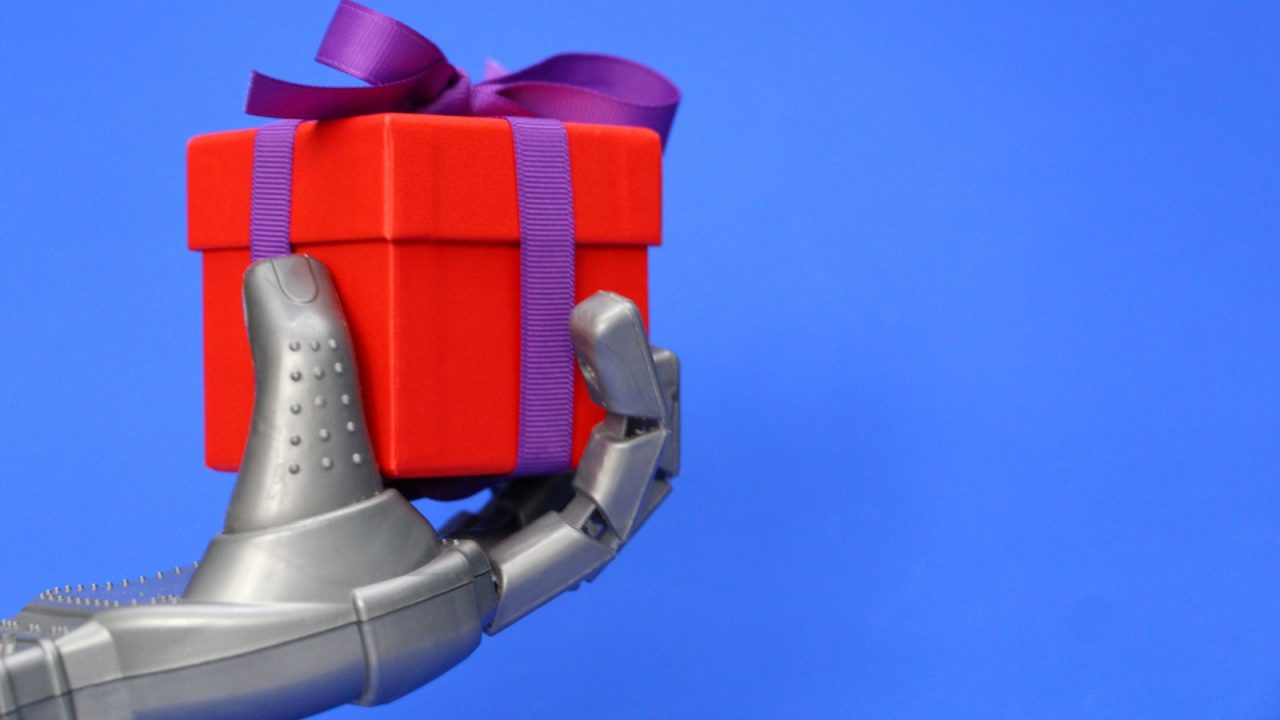The construction industry is facing what many describe as its greatest challenge—a critical shortage of workers—at a time when demand is booming.
A perfect storm of dueling factors including a scarcity of skilled trades, widening generational differences between millennials and baby boomers and the imminent retirement for a huge number of experienced professionals creates unprecedented challenges for the U.S. construction industry.
During the height of the Great Recession from April 2006 through January 2011, nearly 2.3 million workers—more than 40 percent—left the construction industry, either retiring or finding more stable work in another industry. As of May, the construction sector was still more than 1.3 million jobs short of its pre-recession peak, the Wall Street Journal (WSJ) reported.
Future demographics and a widening age gap don’t bode well for the industry. According to the U.S. Census Bureau’s 2012 Current Population Survey, roughly 44 percent of the construction workforce is 45 years of age or older and nearly one out of every five construction workers is 55 or older. That means an estimated one million construction workers will likely retire by 2020. Ensuring that knowledge, skills and intellectual capital is transferred to other people taking their place is paramount.
BIM: The Rosetta Stone for Knowledge Transfer
As BIM matures and gains adoption for use beyond clash-detection, progressive companies are learning how to optimize the estimating and scheduling process with 3-D models. Contractors have grown increasingly comfortable with the level of accuracy possible in a model and have learned to use it as a vehicle for transferring valuable project information throughout the team. Embedding cost and productivity information into model elements is making it easier to harvest and reuse information on future projects, which drives the industry closer to becoming data-driven.
Advancements in BIM tools make it possible for cost estimates and schedules to coexist with the design; changes that are made by the design team or through the coordination process immediately reflect impact to cost and schedule. The implications of these changes are now more transparent and validated, and make it easier to collaborate across project and site management roles.
This type of knowledge transfer and data preservation is invaluable for construction companies faced with retiring professionals, or with high turnover and productivity gaps.
Bridging the Gap
Hoar Construction, based in Birmingham, Ala., is a great example of an innovative company using BIM to bridge their estimating knowledge gap. Seven years ago, Hoar’s leadership team realized that it would soon face a significant knowledge drain from its estimating department if it didn’t improve information exchange between “the old guard” and new, younger generation of estimators joining the company. While Hoar had great success using tools such as Excel and on-screen takeoff software within its process for many years, spreadsheets alone would be insufficient to convey all of the company’s IP and proprietary knowledge that had been developed over the years.
To address the emerging knowledge gap, Hoar started leveraging 3-D models during pre- construction efforts. Immediate value was recognized for the simple fact that the model “facilitated a conversation.” As described by Charles Bradshaw, VDC construction manager at Hoar, “BIM provides a way for an older estimator to sit with a younger estimator and have them find common ground. It gives each a chance to convey their own knowledge, while gaining insight from each other.”
Hoar was also able to report an uptick in credibility from the newer generation by leveraging BIM. James Goree from Hoar said, “We were taken more seriously when we presented data from the models to our senior guys. It wasn’t just about our opinions; it was about facts.”
Schedule Visualization
After spending a few years finding their stride with BIM in the estimating department, Hoar started to take it to the next level of schedule visualization. With 3-D data already being, Hoar found new ways to demonstrate the project schedule. Using the 3-D model to help plan the schedule allowed Hoar to get more precise with planning because it could extract quantities by location. Tasks were no longer just a guess—they were backed by quantities for each work item.
In addition to the increased precision of BIM quantities in a schedule, it also provides a new way to view the plan. Hoar’s site teams were instantly able to associate with the Flowline display of the project, as it more closely represents the building layout. Brandon Dexter, one of Hoar’s general superintendents, says, “I know owners want bar charts for their schedule submissions, and that’s fine—but it’s not how I think of the building when I wake up. For me, a Flowline schedule looks a whole lot more like the way I plan to run the job. It makes it easier for me to explain to the subs where and when I need them in different locations onsite.”
The BIM journey at Hoar hasn’t been flawless; there have been good projects and bad projects along the way. But the important thing is that they haven’t given up. The Hoar team knows that despite the challenges of BIM maturity, the generational gap is real and evolving.
“The industry isn’t going to see perfect models before the older generation starts to retire, so why not make the best of what we have now and fill the gap as best we can today instead of waiting around,” Bradshaw says.
Take Action
With no sign of relief in sight for the labor shortage in the industry, companies are urged to get creative with how they bridge the knowledge gap. A few suggestions include:
- Invest in the right tools. BIM should not be viewed as an add-on that warrants owner reimbursement. Instead, view it as a new tool that streamlines access to internal information that needs to persist for years to come. Understanding that pulling up a past project cost model is a benefit to the contractor, not the owner, improves the likelihood that this tool will be pulled out of the bucket.
- Build the right relationships. A special kind of magic can happen when the right people are put together and enhancing their collaboration with the right tools. Leverage the fact that a model can be used to show the new generation what the old generation already knows and give the new generation exposure to conversations they may not have been a part of without the ability to manipulate BIM software, provided they sit and work together on the key issues.
- Bring it to the field. A steamfitter was wasting time trying to figure out a contract drawing detail for something that had already been coordinated in 3-D, but he had no idea it had been prepared. Buy the BIM-box and put it out onsite, load it up with drawings and models, and make training videos on how to use it. Get that important pre-planning data out to the installer through lunch-and-learns or other methods.
BIM alone will not be enough to fill the skills void that the industry is facing, but it is an important tool in helping the situation. 3-D models that are imbued with cost and schedule information provide a powerful repository of knowledge about each project and about the way a company does business. Old and young generations alike are starting to find the model is a meaningful way to discuss and address the complexities of a project with decades of construction experience inside a given company.







